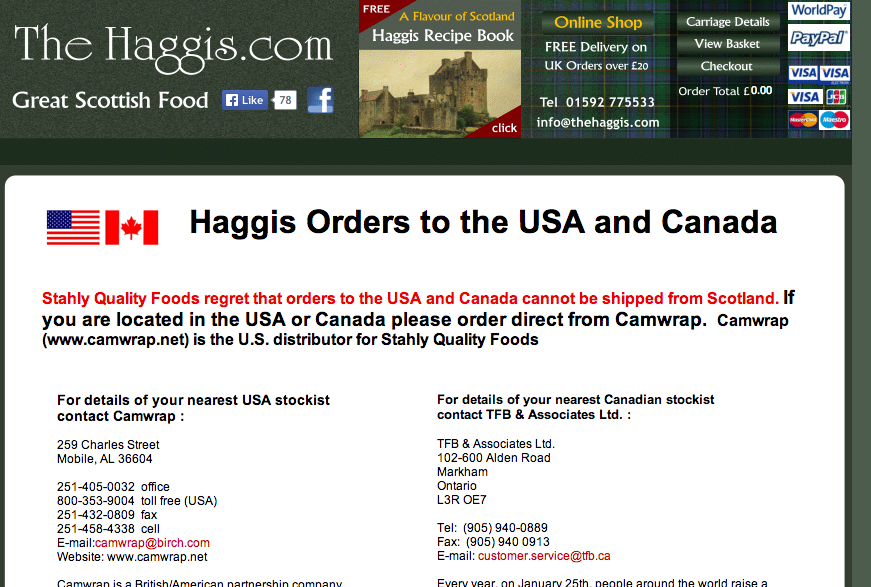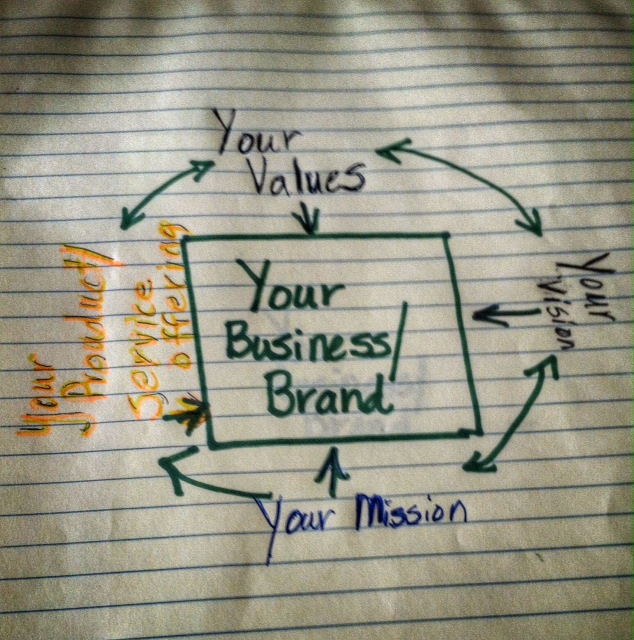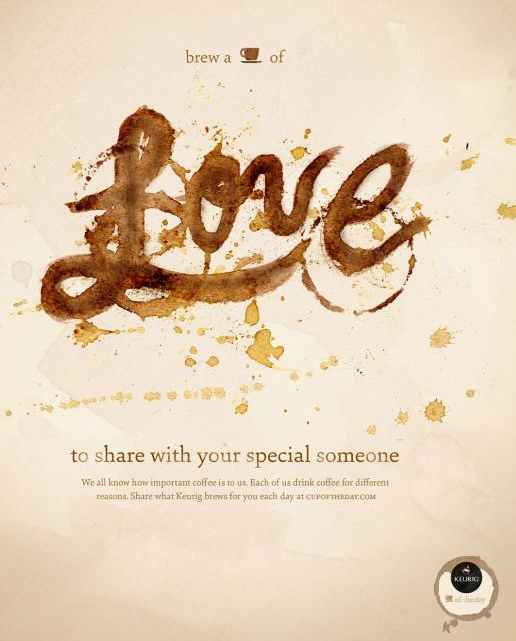How You Tell Your Customers (on a daily basis) That Your Brand Sucks
First off, a brand is not a logo. A brand is about the emotional reaction that your product and/or service causes. For example, how do you feel when you think: Apple, Range Rover or Canada Goose? What you thought and felt is the brand – good or bad! More importantly, ask yourself how do you want people to react to your brand? What do they think when they hear your name? So, repeat after me: a brand is not a logo. And people who continue to think that a brand is a logo are likely the same people that don’t understand why they are having customer retention issues. These same people are telling their customers and prospects that their own brand sucks in these three ways:
1. Unknown Company Values
If you haven’t really thought about what your company values are, your employees will be left to make them up. Needless to say, consistency might be an issue at best. Worst case scenario? Your customers won’t like what they see and bail.
It is not enough to say that you strive for excellence for example, you need to ensure your entire team knows and understands what this means. What excellence looks like and what it does not. In December I wrote of an experience with Keurig Canada that demonstrated that they weren’t operating on that premise of excellence. Thankfully they were listening on social and called me to rectify the situation. You can read about that experience here.
2. Not Responding to Customers
This is no doubt the best way to tell your customers or prospects that they don’t matter. First and foremost you have to be present in the channels where your customers and prospects are. So, that means telephone, email and in some cases social media. (I differ from most marketers with respect to social. I believe you have to be realistic about your business and who your customers are and make an informed decision, but this deserves its own separate blog post.)
Here is the critical piece, however: be sure that you properly staff these channels and respond. Seems logical right? Unfortunately not. Would you sit next to a ringing phone and not answer it? Probably not. At least I hope not. So, why then do some brands ask people to email them and then never respond? The same goes for social media? You are sending the wrong message.
Not responding to customers happens all the time. Not responding to prospects happens all of the time. These results in lost business.
Here are two recent examples:
- Robert Burns Day got me thinking about Haggis. So, I wanted to buy some. I googled and found Stahly Quality Foods. Great! However, not so great! When I tried to order a notice came up for North Americans. Not to worry, I could reach out to a regional distributor via email. I sent that email more than two weeks ago and have not received an acknowledgement or answer. So, I put a message on Stahly Quality Foods Facebook page…and you guessed it…nothing. In fact the last time they actually posted on their Facebook page was October 2013. So, exactly why do they have a Facebook page? Why do they list their distributors with their contact information? Frankly I have formed an opinion of this brand. It is not a good one. I now can’t imagine buying food from them.

- I was helping a student with his cover letter and resume for a specific job. The company doing the hiring requests that applicants send their information via email or snail mail. They are a large company with a full HR department. They had approximately four jobs listed on their website at the time this student applied. The issue that he faced is that he could not get anyone to respond to his request to confirm receipt of the email. He even tried a delivery receipt, but received a notification that their system was set up so that a delivery acknowledgement was not possible.
Many HR departments that do this often claim that because of volume of applications and only successful candidates will be notified of an interview. I say “B.S” to that. First and foremost you can have an automatic response that acknowledges receipt of the email. Secondly, you can set rules to sort applications by job number. So, saying that you get too many email is really and truly B.S.
What you are doing is setting the tone for candidates. Some may decide that this is not the type of organization that they want to work for. This could certainly be the case in markets where there are more jobs than candidates. Or, you can be setting the tone for how, if successful, they should act towards their colleagues, prospects and customers. After all, mediocrity begets mediocrity (tweet this).
3. Lacking of Training and Management
We all need training. Sometimes it is training rooted in the technology we need for the job, some times it is in safety, working hours, etc. What many brands forget to train their employees in, is customer interaction.
Have you ever gone into a store and saw a number of employees clustered together laughing and carrying on? There are many things that could be going in here. The first thought might be, wow, this is a great place to work. These people are happy. This is great. However, as you are in the store longer you see that these same employees continue to stay together and are completely oblivious to the customers around them. They don’t see the customers who need help. They deliberately avoid eye contact. This is often systematic of a lack of training and management. It can be a very easy fix. Train your employees on the importance of the customer. Ensure that your managers are always focused on the customer and lead by example. There is nothing wrong with a team huddle and good camaraderie. Actually it is great. It only becomes an issue when your comrades don’t focus on the customer and the customer walks out.
The Fix
These are three ways that you and your employees tell your customers, on a daily basis, that your brand sucks. Thankfully there are easy fixes:
- communicate your values to all employees
- consistently enforce your brand values and acknowledge your employees when they live the brand values
- make brand training a regular operational practice
- ensure that your customers are prospects are at the forefront of your communications and expectations
- communicate your expectations
- test your employees – secret shoppers help identify issues for improvement
- remember to focus on issues and not individuals – praise publicly and coach privately
What would you add to the list? Want more information or help? Feel free to connect with us.





